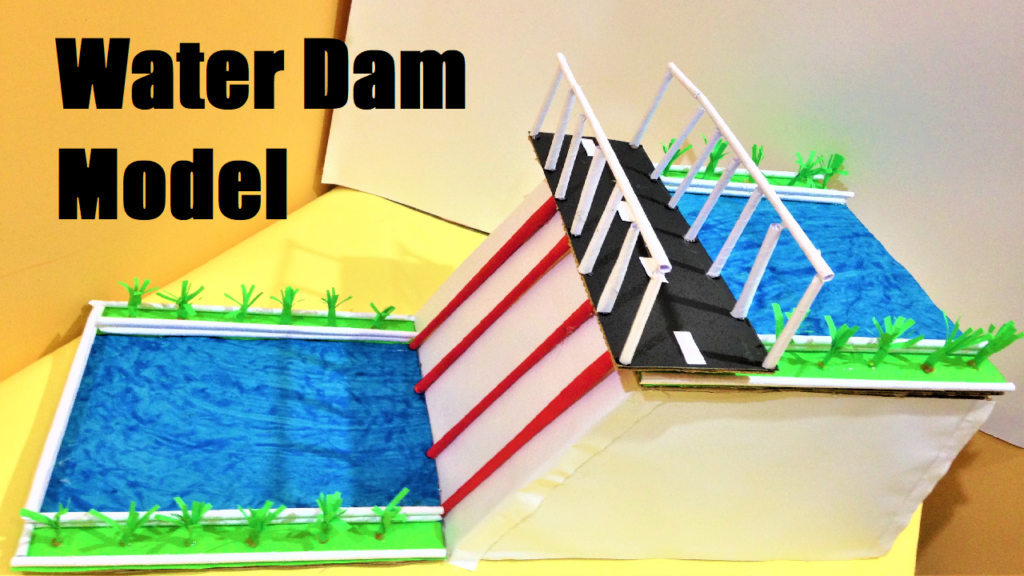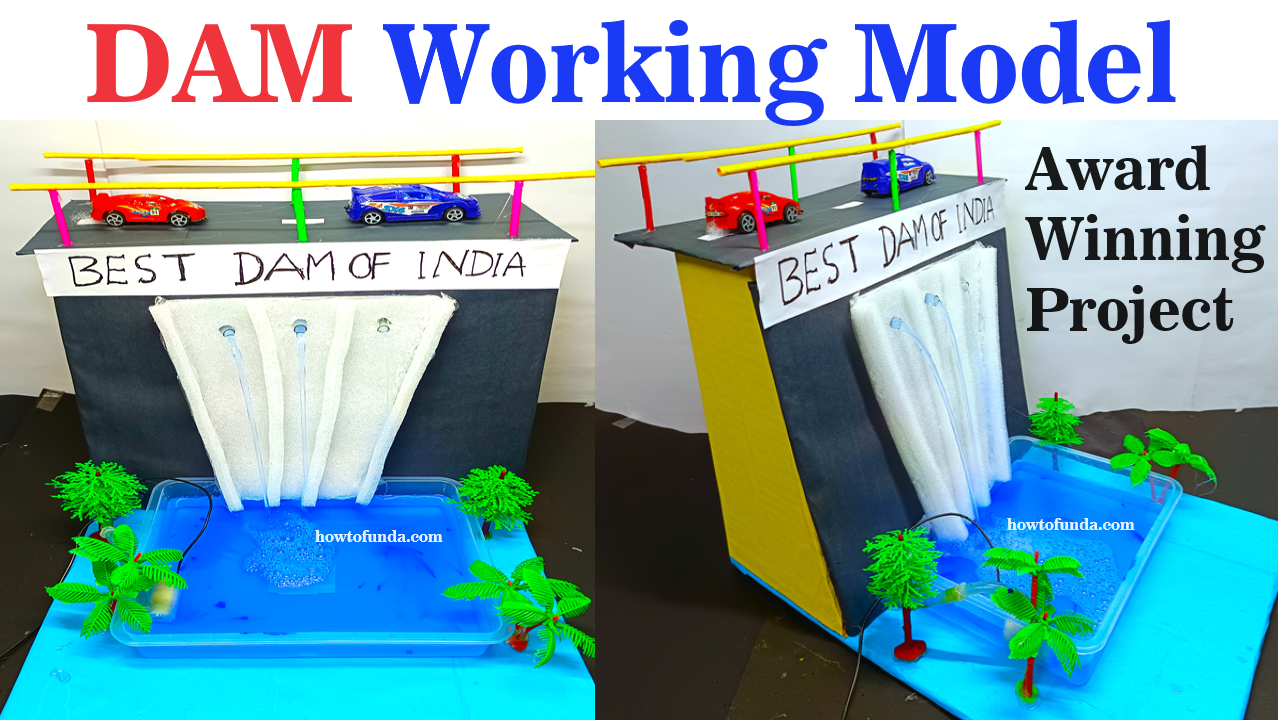Contents:
- Introduction
- Types of Dams
- Structure of a Dam
- Functions of Dams
- Benefits of Dams
- Environmental and Social Impact
- Case Studies of Major Dams
- Dam Safety and Management
- Recent Advances in Dam Technology
- Conclusion
- References
1. Introduction

Dams are significant engineering structures built across rivers or streams to control the flow of water.
They serve multiple purposes, including water supply, flood control, irrigation, and hydroelectric power generation.
This project explores the types, structure, functions, benefits, and impacts of dams.
2. Types of Dams

2.1. Based on Structure
- Gravity Dams: Rely on their weight to resist the force of water.
- Arch Dams: Curved structures that transfer water pressure to the valley walls.
- Buttress Dams: Use supports (buttresses) to resist water pressure.
- Embankment Dams: Made from earth or rock, relying on their bulk to hold back water.
2.2. Based on Purpose
- Storage Dams: Store water for irrigation, drinking, and industrial use.
- Diversion Dams: Redirect water for irrigation or other purposes.
- Detention Dams: Temporarily store floodwater to protect downstream areas.
- Hydropower Dams: Generate electricity using the energy of falling water.
3. Structure of a Dam

3.1. Key Components
- Reservoir: Stores the water.
- Spillway: Allows excess water to flow out safely.
- Dam Body: The main structure holding back the water.
- Foundation: Supports the dam structure.
- Outlet Works: Regulate the flow of water from the reservoir.
3.2. Construction Materials
- Concrete
- Earthfill
- Rockfill
4. Functions of Dams

4.1. Water Storage
- Uses: Irrigation, drinking water, industrial use.
- Benefit: Ensures a steady water supply.
4.2. Flood Control
- Function: Mitigates the impact of floods by controlling water release.
- Benefit: Protects downstream areas from flooding.
4.3. Hydroelectric Power Generation
- Process: Converts the kinetic energy of falling water into electrical energy.
- Benefit: Provides renewable energy.
4.4. Recreation and Tourism
- Activities: Boating, fishing, and tourism.
- Benefit: Generates economic benefits for local communities.
5. Benefits of Dams

- Water Security: Ensures a reliable water supply.
- Energy Production: Generates clean, renewable energy.
- Economic Development: Supports agriculture and industry.
- Recreational Opportunities: Provides venues for water-based recreation.
6. Environmental and Social Impact

6.1. Environmental Impact
- Habitat Alteration: Changes in aquatic and terrestrial ecosystems.
- Sedimentation: Reduces reservoir capacity and affects water quality.
- Water Temperature and Flow Changes: Affects downstream ecosystems.
6.2. Social Impact
- Displacement of Communities: Relocation of people living in the reservoir area.
- Cultural Impact: Loss of cultural and historical sites.
- Economic Impact: Changes in local economies, both positive and negative.
7. Case Studies of Major Dams

7.1. Three Gorges Dam (China)
- Features: World’s largest hydroelectric power station.
- Benefits: Flood control, power generation, improved river navigation.
- Challenges: Environmental concerns, displacement of people.
7.2. Hoover Dam (USA)
- Features: Major source of hydroelectric power and water storage.
- Benefits: Water supply, flood control, power generation.
- Challenges: Ecological impacts, maintenance issues.
7.3. Sardar Sarovar Dam (India)
- Features: Key water resource for irrigation and drinking water.
- Benefits: Irrigation, drinking water supply, power generation.
- Challenges: Displacement, environmental concerns.
8. Dam Safety and Management

8.1. Safety Measures
- Regular Inspections: Ensuring structural integrity.
- Maintenance: Addressing wear and tear.
- Emergency Plans: Preparing for potential dam failures.
8.2. Management Practices
- Water Level Monitoring: Ensuring optimal reservoir levels.
- Sediment Management: Preventing loss of storage capacity.
- Environmental Management: Minimizing ecological impacts.
9. Recent Advances in Dam Technology
9.1. Smart Dams
- Features: Use of sensors and IoT for real-time monitoring and management.
- Benefits: Improved safety and efficiency.
9.2. Sustainable Dam Design
- Features: Environmentally friendly construction materials and practices.
- Benefits: Reduced environmental footprint.
9.3. Advanced Materials
- Features: Use of high-performance concrete and other materials.
- Benefits: Enhanced durability and lifespan of dams.
10. Conclusion
Dams play a crucial role in water management, energy production, and economic development. However, they also pose significant environmental and social challenges.

